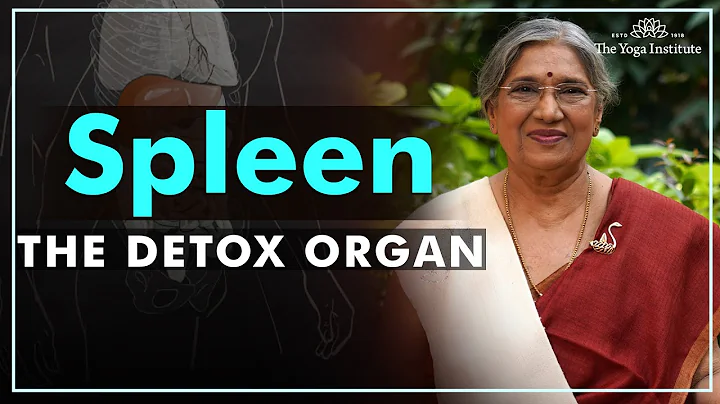is discharged more and more high-concentration organic wastewater, and its COD concentration will directly affect the difficulty of dealing with it. Like our "old players", chemical wastewater and pharmaceutical wastewater, their COD concentration is not only high, but also emits difficult biodegradable organic matter, which makes it difficult to adapt to biochemical treatment and will cause system collapse.

So, is there a way to deal with this type of high-concentration organic wastewater? If you like it, you can like, follow, and collect it.
① Chemical wastewater treatment
In the case of chemical wastewater treatment, two strands of wastewater will be discharged, one is esterification wastewater, with a concentration of COD of 32000mg/L, with a large amount of wastewater (43m3/d); the other strand is polymerized wastewater, with a higher COD concentration, which can reach 150000mg/L or above , with a smaller amount of wastewater (5m3/d).
The pH values of both wastewater are low (2-3) and have complex ingredients, containing a large amount of organic matter. After the corresponding pretreatment process is required, the COD concentration can be controlled within the range that can enter the biochemical treatment.

This case uses iron carbon microelectrolysis and Fenton oxidation method , which requires operation under acidic conditions, which can reduce the dosage of alkaline agents, and the two are also one of the commonly used combinations. The two solve the problems of excessive COD concentration in wastewater and poor biochemical properties. The COD concentration in the effluent water is controlled within the range that can be entered by the hydrolysis and acidification tank (less than 15,000 mg/L).
subsequent high concentrations are successively passed through the hydrolysis acidification tank, UASB reactor and multi-stage contact oxidation tank to achieve the inclusion of the park emission standards. Here we need to pay attention to the reflux of wastewater and the control of the COD concentration of the incoming water.

②Pharmaceutical wastewater treatment
There are many production devices and a lot of wastewater discharged, so I will not introduce them one by one. The wastewater in the sewage treatment station is mainly divided into high-concentration wastewater and low-concentration wastewater. The COD concentration of high-concentration wastewater is 40,000 mg/L, which contains a lot of difficult-to-biodegradable organic matter, and the amount of wastewater is 50m3/d.
, and the pH value is not as acidic as in chemical wastewater cases, so an additional acid-regulating tank is needed when using iron-carbon microelectrolysis and Fenton oxidation. After pretreatment, the COD concentration of pharmaceutical wastewater has been reduced a lot, and the COD concentration before entering anaerobic treatment is around 8000 mg/L. Compared with the biochemical treatment, there is less hydrolysis and acidification tank, and there will be UASB reactors and multi-stage contact oxidation tanks. By controlling the influencing factors of each wastewater, most of the COD can be removed in the UASB stage. The removal rate is generally stable at 80%-90%, and the COD concentration in the effluent water is around 1000mg/L, which is more conducive to subsequent aerobic treatment. The two high-concentration organic wastewater cases use similar processes, and we often say that wastewater treatment is treated in the form of pretreatment (iron-carbon microelectrolysis and Fenton oxidation) + biochemical treatment (anaerobic + aerobic) + deep treatment.











